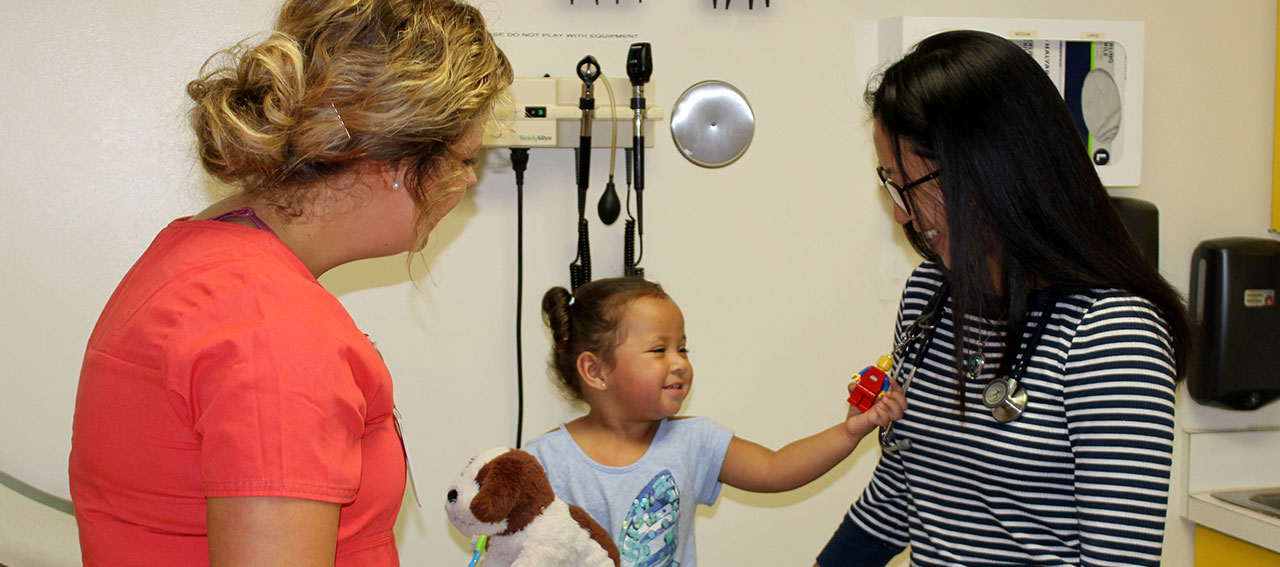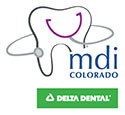
Billing
Receiving payment for dental hygiene services provided by your dental hygienist is critical. This supports the long-term financial sustainability of your medical-dental integration model. This section is written as a high-level guide with considerations for potential billing success. If you are not from Colorado, research the applicable billing information for your state.
Please remember that medical practices bill either fee for service or by encounter. FQHCs bill by encounter. In Colorado, FQHCs can bill for separate medical and dental encounters on the same day.
Learn what insurers cover and their guidelines
Your medical-dental team needs to understand what dental procedures (CDT codes) can be provided and how to get paid for them. For example, your hygienist may or may not be familiar with the various fee schedules of different insurers. In certain plans, some procedures require documentation of patient criteria for payment (e.g. documentation of high risk for caries for approval of > 2 fluoride varnish application/year). Other plans and procedures require a prior authorization (e.g. scaling and root planing). Learn how to document the required patient criteria and how to submit these criteria when submitting claims. These requirements can vary from insurer to insurer or even plan to plan. The following resources will direct you to where you can learn what various insurers cover and require for supporting documentation:
- Health First Colorado (Colorado's Medicaid program). Medicaid's Office Reference Manual (ORM) and fee schedules are located here. These two documents outline the majority of what you need to know about billing Medicaid for dental services: https://www.dentaquest.com/state-plans/regions/colorado/health-first-colorado/provider-page/. FQHCs will follow the guidance in the Medicaid ORM as well, although they will be paid by encounter rate rather than the fee schedule.
- CHP+ The CHP+ process for billing and fee-for-service fee schedule varies by region of the state. Contact your Provider Representative to learn the fee schedule for your region.
- Private Insurers. Each private insurer has its own process and rates for reimbursement. Contact each insurer individually to request this information. Additionally, some insurers will not pay for procedures performed by an independent dental hygienist, so be sure to confirm that dental hygienists can bill independently and receive reimbursement for services within the scope of dental hygiene practice.
Review the CO MDI model budget template. This outlines what services may be provided in what setting for the CO MDI model (medical room or dental room). It lists current codes for each setting. It also provides guidance on understanding reimbursement rates for CDT codes, eligibility criteria, and permitted frequencies. These details can change regularly, so it is best to confirm all details frequently.
Stay up-to-date on changes. One of the hardest things about coding and billing, particularly for Medicaid, is keeping up-to-date on changes to the codes, criteria, documentation requirements, and frequencies allowed. Your hygienist and billers should check the Medicaid ORM on a regular basis. They should also check with other insurers occasionally to remain informed of changes.
Train the coders and billers: Invite your coders and billers to be on your medical-dental integration team. Explain your project’s vision, goals, and model to them. The more they know about the project, the better they can identify questionable items, help problem solve, and feel comfortable contacting you if there is an issue. The coders and billers will want to know:
- Place of service: Discuss where the dental services will be provided (e.g. in medical practice vs co-located dental practice), who the codes will be billed under (medical provider, dentist, or hygienist), and the rationale behind these decisions.
- Criteria and frequency: Discuss the patient criteria and required documentation for each dental procedure. Establish a process for completing necessary documentation with assigned roles.
Review and follow-up on denied dental claims. Many times, rejected claims can still be paid. Usually there is a minor error that needs to be corrected and then the claim can be re-submitted. Make sure your billers understand that you expect them to follow-up on all denied claims, and that communication with the hygienist might be necessary to work out the issue. This will lead to more claims being successfully paid. If you have questions, you may contact the Professional Relations representative at the dental insurance company for additional guidance.
Routinely audit claims. There are multiple people (credentialing, hygienist, coders, billers, etc.), steps, and requirements to receive payment for services, which means there are also multiple opportunities for error. As you establish and implement new billing codes, procedures, and roles, develop an internal method to verify if what your hygienist says s/he is doing is actually being paid by the insurance provider. It is not uncommon to find discrepancies. Those discrepancies leave income on the table.
Reimbursement for independent hygienist practice in Colorado. In Colorado, hygienists can independently practice without the supervision of a dentist. This has allowed CO MDI medical practices that don't have a dental clinic or dentist to still employ the services of a hygienist.
- List of independent hygienist codes. An independent hygienist can bill many of the same codes as a supervised hygienist. Contact each insurer to learn about their practices for reimbursement of independent hygienists. The Medicaid ORM has a list of billable codes for independent hygienists in Colorado’s Medicaid program, Health First Colorado.
- Fee reimbursement amounts. Reimbursements for independent hygienists, supervised hygienists, and dentists are the same.
